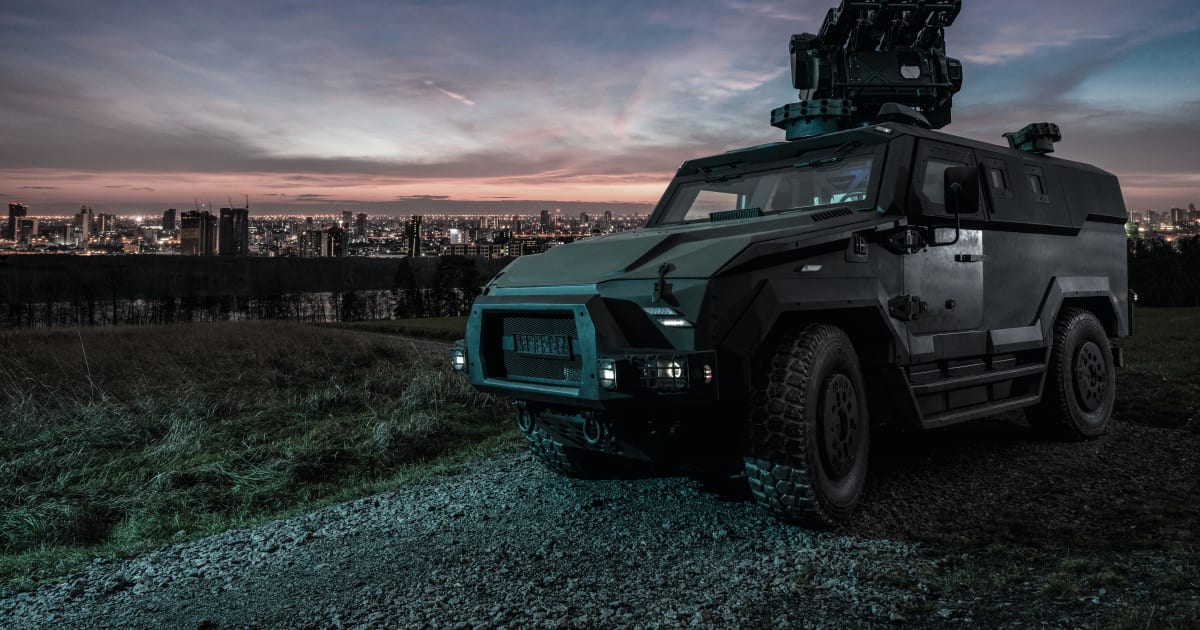- Reaction score
- 11,887
- Points
- 1,160
You are correct that Halifax ceased to be for a good 20 years because of the explosion. I am not denying that we have had tragedies a plenty as a nation that give pause to think about our disaster and emergency response capabilities.
My point was strictly on hostile action from an external force in the form of missile or air attack requiring GBAD of a major city/facility.
Right now, if Kharkiv was Calgary; we'd be fucked. If Tel Aviv was Ottawa, we'd be fucked. If Odessa was Halifax or Victoria... you guessed it, we'd be fucked.
There isn't a thought to these outcomes because of the 200 and even 100 year gap in memory in both the political and electoral populations within this country; and it stems from a false belief that "It could never happen here!"
I pay for insurance not because I plan on running my car into a lamp post, but because when it does happen, I want to make sure I'm not completely screwed. We should view GBAD assets the same way.
Our justification for a GBAD system may actually be better because we are dealing with an occasional, limited risk of an attack. Our risk is of one missile launched by a terrorist rather than multiple barrages launched by armies, navies or air forces. Our risk is manageable with some GBAD assets.





